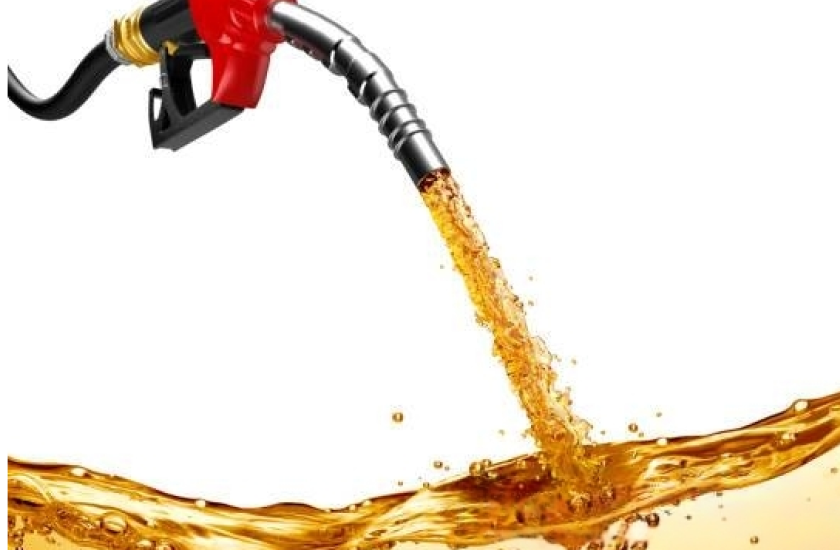Gasoline 91
-
Jet A1
Jet A1
-
D6 Virgin Fuel Oil
D6 Virgin Fuel Oil
-
ULSD EN590
ULSD EN590
-
D2
D2
-
Marine Gas Oil
Marine Gas Oil
-
Crude Oil
Crude Oil
-
Gasoline 87
Gasoline 87
-
Gasoline 89
Gasoline 89
-
Gasoline 91
Gasoline 91
-
Gasoline 92
Gasoline 92
- Gasoline 93
- Gasoline 94
-
IFO 380
IFO 380
-
IFO 180
IFO 180
-
JP 54
JP 54
Our Brochures
Contact Us
Social Media


The mixture of hydrocarbons that make up this gasoline, popularly known as regular gasoline, provides it with volatility characteristics and a minimum octane rating of 91 to obtain an adequate performance in its use. As mentioned in previous years, lead in this gasoline was gradually reduced from 0.84 g Pb/L to 0.54 g Pb/L in 1994, and then the amount was reduced to an average of 0.20 g Pb/I in 1995.
Gasoline 91 Characteristics
Octane ratings are measures of fuel stability. These ratings are based on the pressure at which a fuel will spontaneously combust (auto-ignite) in a testing engine. The octane number is actually the simple average of two different octane rating methods—motor octane rating (MOR) and research octane rating (RON)—that differ primarily in the specifics of the operating conditions. The higher an octane number, the more stable the fuel. Retail gasoline stations in the United States sell three main grades of gasoline based on the octane level:
Regular (the lowest octane fuel–generally 87)
Midgrade (the middle range octane fuel–generally 89–90)
Premium (the highest octane fuel–generally 91–94)
The Ideal Choice
Standard unleaded petrol (91)
Unleaded 91 petrol is the most common type of fuel, and can be found at pretty much every petrol station. Most cars will be able to use it, although you may find the more premium fuel to be more fuel efficient, depending on what car you have.
Points of Interest
A form of engine fuel having a performance similar to a mixture of isooctane and heptane in a ratio of 91:9.
Resembles its reference fuel, a mixture of isooctane and heptane in a ratio of 91:9.
Suitable to use in low-performance diesel engines.
